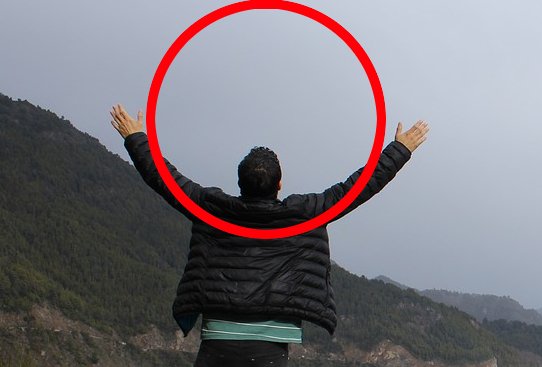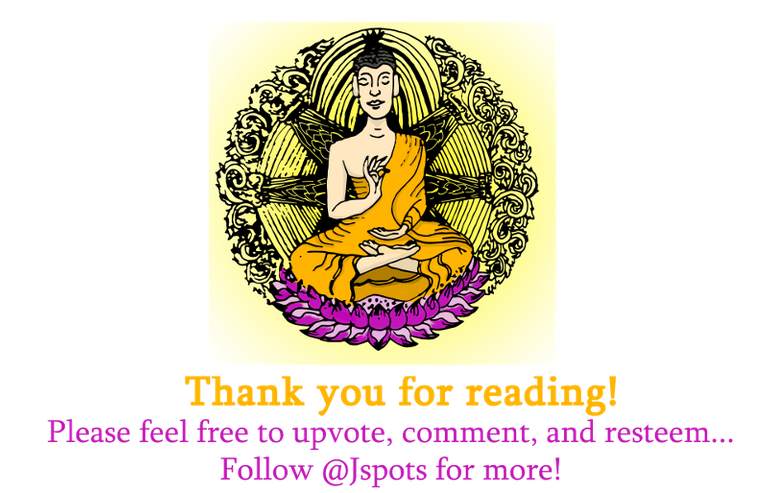Every Tai Chi movement involves a circular motion in some way. This is in part by the design of the movements, but it is also because our natural movements involve the joints in our wrists, elbows, shoulders, neck, waist, hips, and ankles, which are all rotational. Tai Chi movements utilize this rotational aspect to heal the body and create grace while moving and breathing.
As we grow older and our bodies acclimate to routine movements- at minimum sitting at a desk, holding our arms out to use our hands, and carrying objects from one place another- our bodies distort and stiffen in order to accommodate these routines. The pushes and pulls of physical labor and more idiosyncratic movements are even tougher on the body over time. The results can be devastating- backs that curve unhealthily, hips that become inflexible, and joints that begin to ache much too early in life.
Tai Chi provides a very strong solution for healing the effects of strenuous and stiffened movements, as well as the lack of it. The circular aspect of Tai Chi works against the body's compensations to prolonged sitting, strains, and hard strikes that our muscles and joints take the brunt of.
For instance, in the hands above head posture, you will ideally try to conform your arms around an imagined circular space from the back of your neck and circling outward and up along your shoulders, arms, and hands. This will stretch out any tension and stiffening that may have occurred along all the muscles, tendons, and joints along this circular plane, as well as benefiting your spine.

Observe almost any object in nature, and you will continually discover more circular forms. The same is true in Tai Chi. The practice is meant to unlock your natural form, which may be hidden from you from years of conforming to non-ergonomic movements and postures. The result of breaking from these habits can be profound for your health, balance, and sense of well-being. While practicing, seek to refine your movements by discovering as many circular motions as you can, and try to follow the lines of these circles as a focus for your movements. Your practice, posture, and health will benefit in huge ways!

Previous Tai Chi posts:
Part 1: Overview
Part 2: Basic Stance
Part 3: Patience
Part 4: Cloud Hands
Part 5: Healing
Part 6: Raising Arms
Part 7: Breathing
Part 8: Hands Above Head
Part 9: Internal Martial Arts